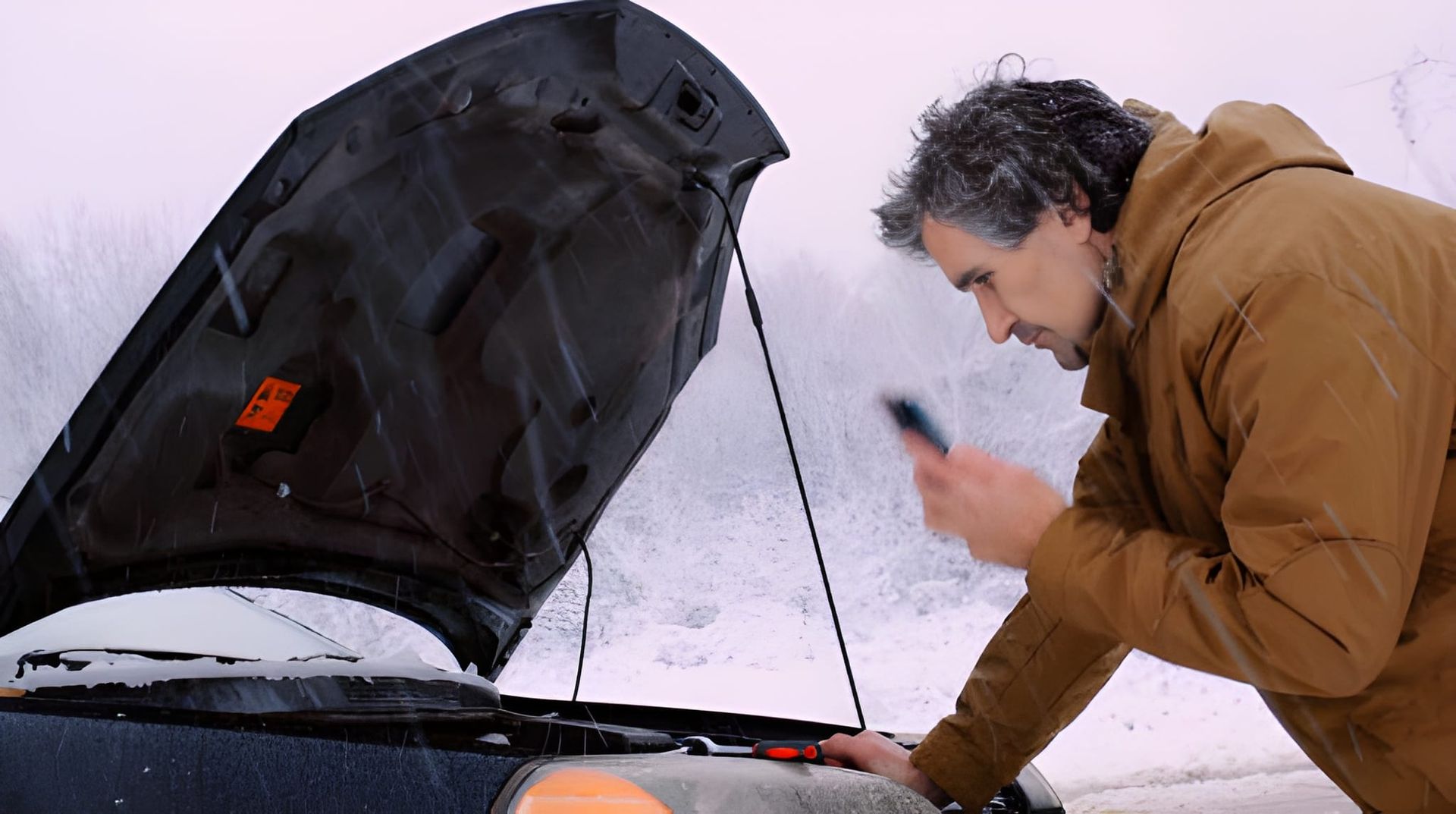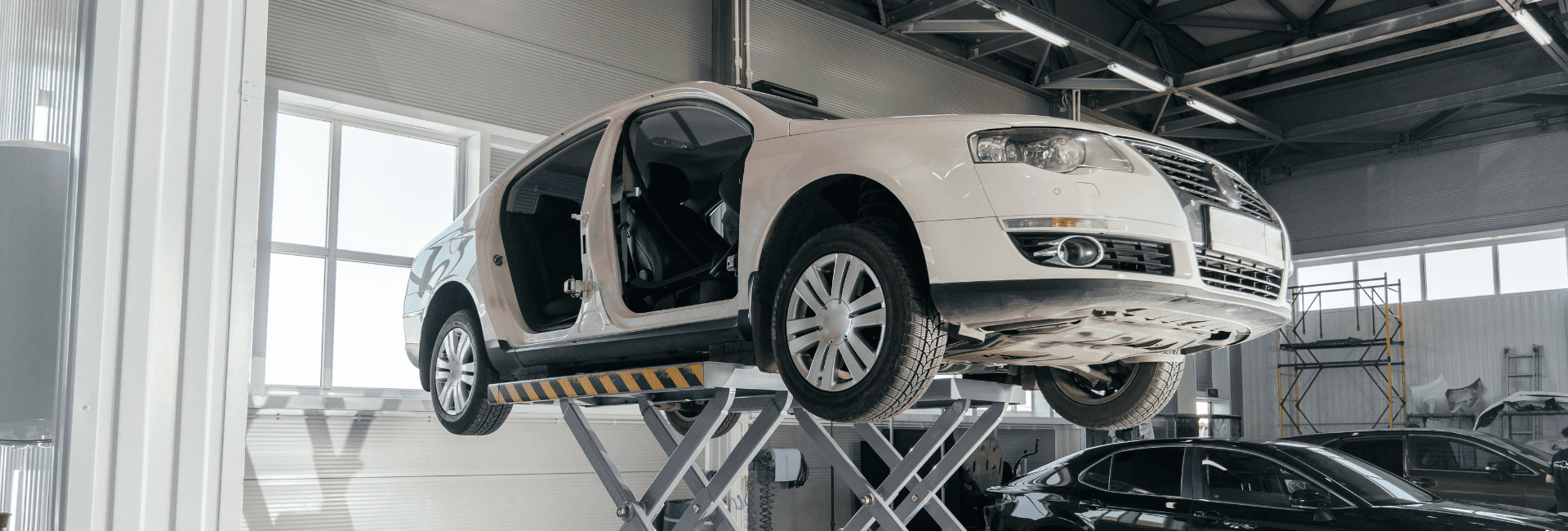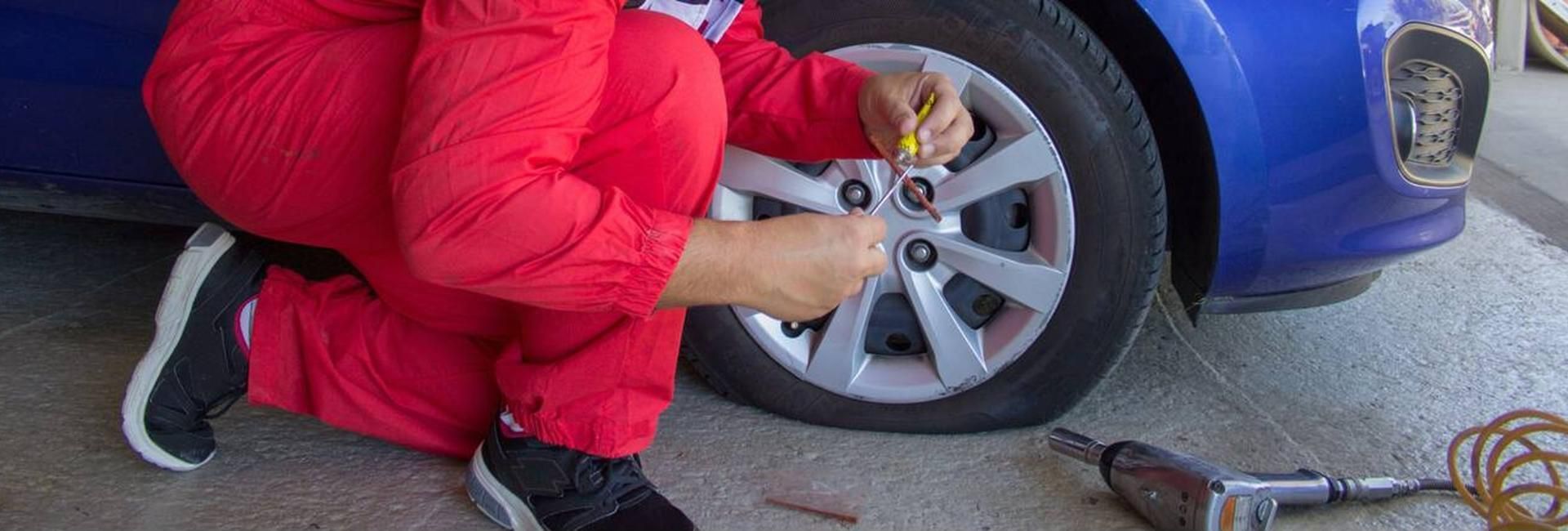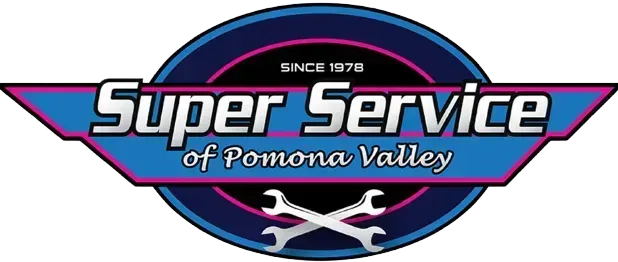Auto A/C: Troubleshoot Your Japanese Import
Common Auto A/C Problems
Leaking Refrigerant
The A/C system is a closed system under pressure. So you can’t check the level of refrigerant like you can check your oil or coolant levels. With this being said, leaking refrigerant is the #1 reason for your vehicle’s A/C to stop working. Having low refrigerant can cause damage to the other A/C components. Therefore, repairing all leaks is key to avoiding extensive and expensive A/C repairs. Leaks can occur at any of the hoses or connections between the various components. A technician usually uses a UV A/C leak detection kit to narrow down the likely culprits of the leak and can then suggest the appropriate repairs.
Blocked Condenser
The A/C condenser looks and performs much like the radiator in your vehicle. It is usually mounted in front of or near the radiator, behind the front grill. Its purpose is to cool the hot refrigerant using the air flowing across the tubes. If the tubes are blocked by road debris, excess dirt, or is damaged in any way, it can be why the A/C is blowing warm or hot air. Excess debris can be cleaned away, but any damage to the condenser (causing refrigerant to leak) cannot be repaired and will require the part to be replaced.
Broken Compressor
Faulty Cooling Fans
Cooling fans work with the condenser, helping to cool it down. If the fans look good, but are not working properly, there may be electrical issues or a blown fuse. If the fans have become damaged from road debris or a fender-bender, replacing them is usually the best option.
Electrical Issues
Electrical issues can be difficult to diagnose. Start with a visual inspection of all the wiring and plugs in the system. Repair or replace any damaged wires and connections as needed. Check all the fuses associated with the A/C system (this info can be found in the owner’s manual). If you still suspect the problem may be electrical, a diagnostic A/C Service may be able to track down the issue for you.
Cabin Air Filter
The cabin air filter removes dust, pollen, and other air-born pollutants before they reach the interior. In Addition, the filter cleans the air in the HVAC system, and is often found behind the vehicle’s glove box. If the inside of your car has an unpleasant odor, or if your vents don’t blow as hard as they used to, it may be time to replace the cabin air filter.
Japanese Import Auto A/C Service
Taylor Co Japanese Auto Service
is an AAA approved auto repair shop with ASE certified technicians, located in Pomona, CA. We perform maintenance and repair services on all Japanese makes and models, including Nissan, Honda, and Toyota. Extended warranty work accepted. You can count on us for an honest diagnosis of your vehicle’s A/C problems and receive reliable repairs and replacements with quality parts.
Schedule an Auto A/C Service









